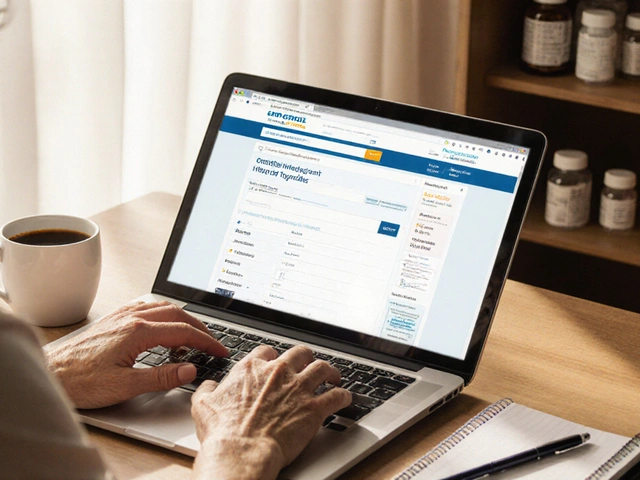BPH Treatment: Easy Ways to Manage an Enlarged Prostate
Did you know that about half of men over 50 will face an enlarged prostate at some point? That’s BPH – Benign Prostatic Hyperplasia – and it can turn a simple bathroom visit into a juggling act. The good news? You don’t need to live with constant urgency or weak streams. Below are real‑world steps that actually work.
Medical Treatments You Can Trust
First up, the doctor‑prescribed route. Alpha‑blockers like tamsulosin relax the muscle fibers in the prostate and bladder neck, giving you a smoother flow within days. If the prostate is truly big, a 5‑alpha‑reductase inhibitor such as finasteride can shrink it over months. Both drugs have clear dosing guides, but they can cause dizziness or reduced libido, so a quick chat with your pharmacist is wise.
For men who don’t respond to pills, minimally invasive procedures are an option. Transurethral resection (TURP) removes excess tissue, while newer laser therapies melt it away with less bleeding. These surgeries are usually done as a day case, and most patients report big improvements in night‑time trips to the bathroom.
Lifestyle and Natural Strategies
Medications aren’t the only answer. Cutting back on caffeine and alcohol can cut bladder irritation. Try to finish drinks a few hours before bedtime – that helps keep night‑time bathroom trips at bay. Staying active also matters; regular walks or light jogging improve circulation and may reduce prostate swelling.
Some men find relief with natural supplements. Saw‑tooth oak (pygeum) and pumpkin seed oil have modest evidence for easing urinary flow. If you go this route, pick a reputable brand and keep an eye on any stomach upset. Always mention supplements to your doctor so they can watch for interactions.
Weight matters, too. Extra belly fat can increase estrogen levels, which may fuel prostate growth. Aiming for a healthy BMI through balanced meals – think lean protein, whole grains, and plenty of veggies – is a simple yet powerful move.
When should you call a doctor? If you notice blood in the urine, a sudden loss of bladder control, or pain that won’t quit, seek help right away. These symptoms could signal infection or, rarely, a more serious condition.
Bottom line: BPH is common, but you have control. Combine the right meds with smart lifestyle tweaks, and you’ll probably see fewer trips to the bathroom and a steadier stream. Keep a symptom diary, talk openly with your healthcare team, and adjust as you learn what works best for your body.
Hytrin (terazosin) treats BPH and high blood pressure but has significant side effects. Compare it to better-tolerated alternatives like tamsulosin, silodosin, and finasteride, and learn which options are most effective and affordable in 2025.
Continue reading
Struggling with prostate symptoms and not sure if Tamsulosin is the best fit? This article breaks down eight solid alternatives, comparing how they stack up on effectiveness, side effects, costs, and convenience. From single medications to combination pills, every option gets an honest look so you can talk confidently with your doctor. You'll get straightforward pros and cons and tips on what might work best for you. Stay in control of your treatment decisions and know all your choices with this easy-to-follow guide.
Continue reading






